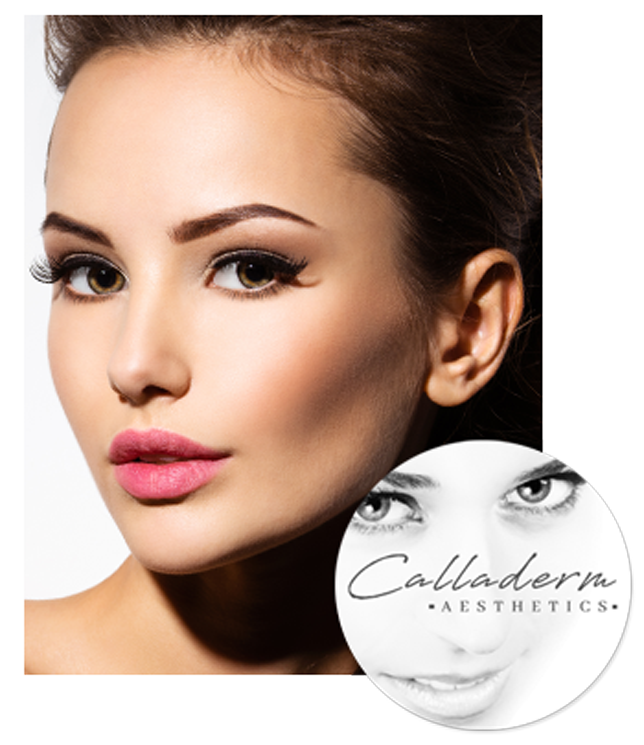PRP
Hair loss therapy
Our blood is made up of red blood cells, white blood cells, platelets, and plasma. Plasma is the fluid part of the blood which suspends and carries blood cells and nutrients throughout the body. Platelets are tiny cells in the blood which rush to any site of injury, when bleeding occurs, to plug and form a clot and repair the damage.
Platelets are also known to be a reservoir of growth factors that stimulate tissue recovery by increasing blood flow and cytokines. They are known to be responsible for stimulating and enhancing hair follicle function.
Platelet-rich plasma (PRP) is processed blood plasma, a concentration of plasma with platelets from which red blood cells and white blood cells are removed. This concentration of PRP taken from the patient’s own blood is injected into the scalp to promote hair growth.
Process
Preliminary procedure
Prior to each session of the therapy, approximately 30 ml or 60 ml of blood will be drawn from you depending on the size of the area to be treated.
Extraction of Platelet-Rich Plasma (PRP) from the blood
Our blood contains:
– White Blood Corpuscles (WBCs) – involved in protecting the body against infectious diseases and foreign invaders
– Red Blood Cells (RBCs) – which carry oxygen to different parts of the body
– Platelets – involved in clotting and repairing injuries
– Plasma – fluid which carries nutrients and vitamins throughout the body.
Plasma extraction
The blood drawn from your system, before each session, is spun in a centrifuge, a machine used by scientists to isolate the solids from the liquids in any solution.
Due to the centrifugal force, the blood spins very rapidly in the centrifuge causing the heaviest particles in the blood, i.e., the red blood cells to fall to the bottom of the vial.
Sitting just above the layer of red blood cells are the white blood cells and platelets with plasma. Atop this layer, rests a clear solution of blood plasma.
The platelet-rich plasma (PRP) is what is used for the therapy. Typically, 8 ml – 12 ml of injectable PRP is considered as the optimum volume for injecting into the scalp.
PRP hair loss process
1. The practitioner marks out the area on your scalp where hair needs to be restored.
2. The marked area on your head is anesthetized using a topical anesthesia.
3. A disinfectant is applied on the area which is to be treated.
4. The PRP is injected into the deeper layers of your scalp.
5. The site is then cleaned thoroughly.
Information
PRP & micro needling
The practitioner may also perform a procedure called micro needling along with PRP Hair Therapy.
A derma roller, or derma pen is used to create micro holes on the scalp.
These controlled micro-injuries to the scalp skin triggers the skin’s repair process by making it naturally produce collagen and elastin, thereby creating an ideal environment for your own natural hair to regrow.
The microchannels created by the injuries aid the quick absorption of the injected Platelet Rich Plasma (PRP) and other topical products used on the scalp.
The injuries induce the platelets to release growth factors at the injury site, and “awaken” dormant hair follicles to begin the production of new hair.
-
Risks & side effects
You may experience tenderness and soreness, minimal pain, and pinpoint bleeding in the areas where injections were delivered. You may also experience a feeling of ‘tightness’ on your scalp for a day after the procedure. A few patients also complain of a headache for a day post the procedure.
-
Advantages
What are the advantages of Platelet Rich Plasma (PRP) therapy for hair?
The advantages of PRP therapy for hair include:
• Very minimal side-effects limited to soreness and redness of skin for a day or two.
• Very less recovery time. The patient can continue with his/her daily tasks right after the procedure.
• A minimally invasive procedure requiring only the injections. -
PRP treatment time
How long it takes to have the treatment?
The treatment process is quick and is usually over within 60 mins to 90 mins.
-
How many sessions do I need?
How many sessions of Platelet Rich Plasma (PRP) therapy for hair are required to produce desired results?
The effects of a full round of PRP treatment (which may consist of one to eight sessions) may last up to 12 months. After this time treatment can be topped up when needed.
-
Recovery time
How long will it take to recover from Platelet Rich Plasma (PRP) therapy for hair?
There is hardly any downtime after a PRP hair procedure. The patient can get back to his/her regular routine right after the procedure.


